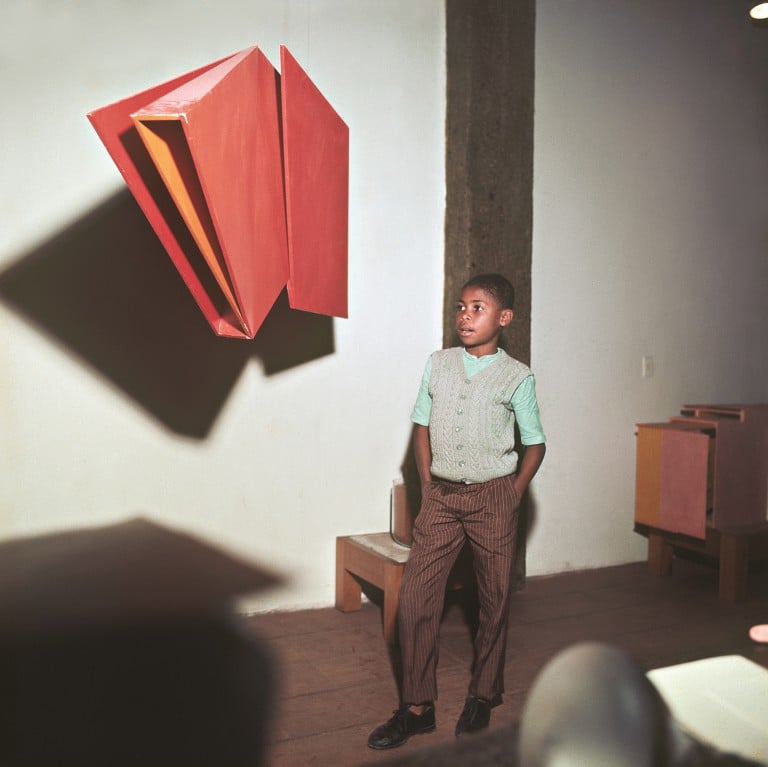Opinion
Helio Oiticica Wanted Art to Change Life the Way Abstraction Changed Art
THE DAILY PIC: At the Carnegie Museum, Oiticica's installations want to alter our senses, and maybe our lives.

THE DAILY PIC: At the Carnegie Museum, Oiticica's installations want to alter our senses, and maybe our lives.

Blake Gopnik

THE DAILY PIC (#1661): Helio Oiticica, one of the Brazil’s most important artists, is best know for the delirious, almost psychedelic installations that he did in the 1970s, inviting his audience to leave behind all staid ideas about propriety and art; One includes a pair of Amazonian parrots; another serves us orange juice. Those installations are well represented in “Helio Oiticica: To Organize Delirium,” a major survey now at the Carnegie Museum of Art in Pittsburgh. (It will be moving on to the Art Institute in Chicago and then the Whitney in New York.) Also well represented: Oiticica’s stunning early abstractions, such as the one in today’s Pic, called “P58 Spatial Relief, Red” and seen here with a stylish, sockless youth at Galeria G-4 in Rio in 1966.
I came away from the Carnegie show with the clear conviction that the abstractions were at the root of the determinedly non-abstract later works. More than in most other places hit by Modernism, artists in Brazil seem to have had impossibly high hopes for abstraction. They felt that it might not only revolutionize the look of art; it might just transform the society around it. At the Carnegie, you can absolutely feel those hopes buzzing through Oiticica’s hard-edged paintings and sculptures of the ’60s. You can also recognize that he soon abandoned those hopes and instead went looking for change in more radical forms of artmaking. But even in a wild installation built around Jimi Hendrix and cocaine, I feel sure that Oiticica is really looking for the charge he once got from abstract art.
Abstraction set the bar for all the other ambitious approaches to art in the 20th century, but none of them could quite get over it. Maybe that’s because abstraction never could, either. (Image ©César and Claudio Oiticica)
For a full survey of past Daily Pics visit blakegopnik.com/archive.